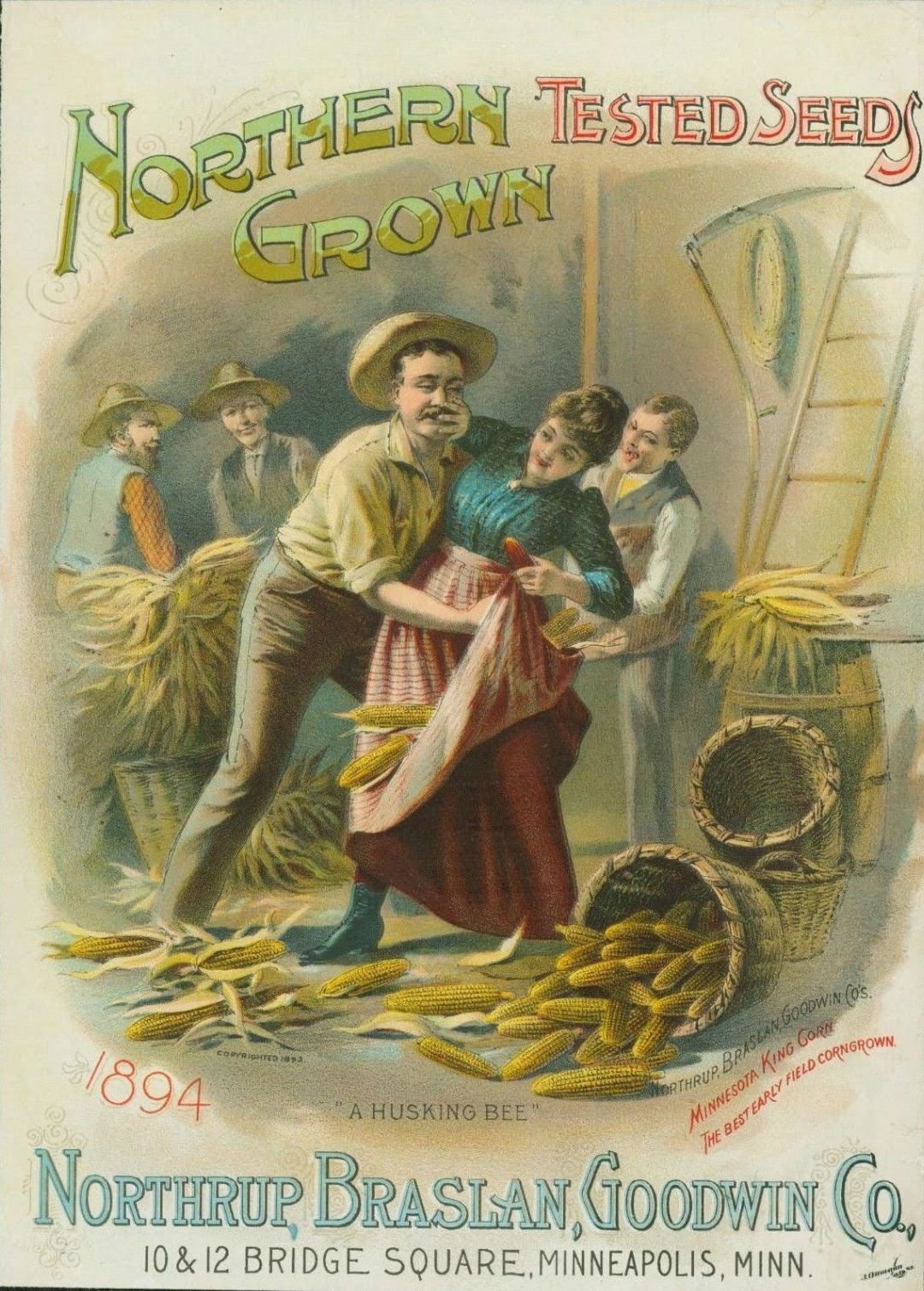Chanticleer: A Thanksgiving Story of the Peabody Family
At this crisis of triumphant explanation, Mopsey, who had under one pretext and another,
evaded the bringing in of the pie to the last moment, appeared at the kitchen-door bearing
before her, with that air of extraordinary importance peculiar to her countenance on eventful
occasions, a huge brown dish with which she advanced to the head of the table, and with an
emphatic bump, answering to the pithy speeches of warriors and statesmen at critical moments,
deposited the great Thanksgiving pumpkin pie.
Looking proudly around, she simply said, "There!"
It was the blossom and crown of Mopsey's life, the setting down and full delivery
to the family of that, the greatest pumpkin-pie ever baked in that house from the
greatest pumpkin ever reared among the Peabodys in all her long backward recollection
of past Thanksgivings, and her manner of setting it down, was, in its most defiant form,
a clincher and a challenge to all makers and bakers of pumpkin-pies, to all cutters and carvers,
to all diners and eaters, to all friends and enemies of pumpkin-pie, in the thirty or forty
United States. The Brundages too, might come and look at it if they had a mind to!
The Peabody family, familiar with the pie from earliest infancy, were struck dumb,
and sat silent for the space of a minute, contemplating its vastness and beauty.
Old Sylvester even, with his hundred years of pumpkin-pie experience, was staggered,
and little Sam jumped up and clapped his hands in his old grandfather's arms, and
struggled to stretch himself across as if he would appropriate it, by actual possession,
to himself. The joy of the Peabodys was complete, for the lost grandson had returned,
and the Thanksgiving-pie was a glorious one, and if it was the largest share that was
allotted to the returned Elbridge, will any one complain ?
I have to admit this illustration looks more like a pumpkin pizza!
Note: Brundage was a neighbor, with whom the family had a friendly competition when growing
pumpkins. Eldridge was an unfairly judged cousin who left home to track down the one person who could prove him blameless...he had to travel to the gold fields of the west to find him and bring him back to speak the truth for all to hear. I love the phrase " a clincher and a challenge to all makers and bakers of pumpkin-pies". Chanticleer: A Thanksgiving Story of the Peabody Family - 1850 |









